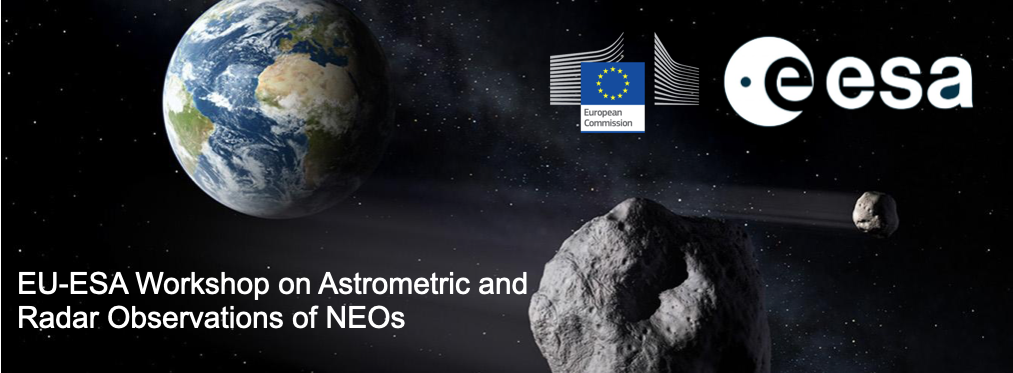The Near-Earth Object Coordination Centre (NEOCC) of the European Space Agency is an operational hub that, among other tasks, determines the orbits of near-Earth objects (NEOs) and assesses their probabilities of impacting Earth. Since 2012, the NEOCC has shared NEO-related data via its dedicated web portal (https://neo.ssa.esa.int/). Over the course of its operational phase, significant...
The Astrometry Data Exchange Standard (ADES) is a new data format for asteroid astrometry, providing many other feature than the previous 80-column format which was adopted by the Minor Planet Center (MPC). Among other information, observers are allowed to report the measured astrometric uncertainties and time uncertainties.
Reporting astrometry in ADES has many advantages, and the...
The Minor Planet Center (MPC) is the world's only center for collecting and disseminating observations of minor planets, comets, and natural satellites. The MPC receives between 3 and 4 million observations per month, for a total of more than 30 million observations per year (before Rubin). Historically, the MPC applied an arbitrary limit of 2 arcseconds when accepting astrometry of attributed...

